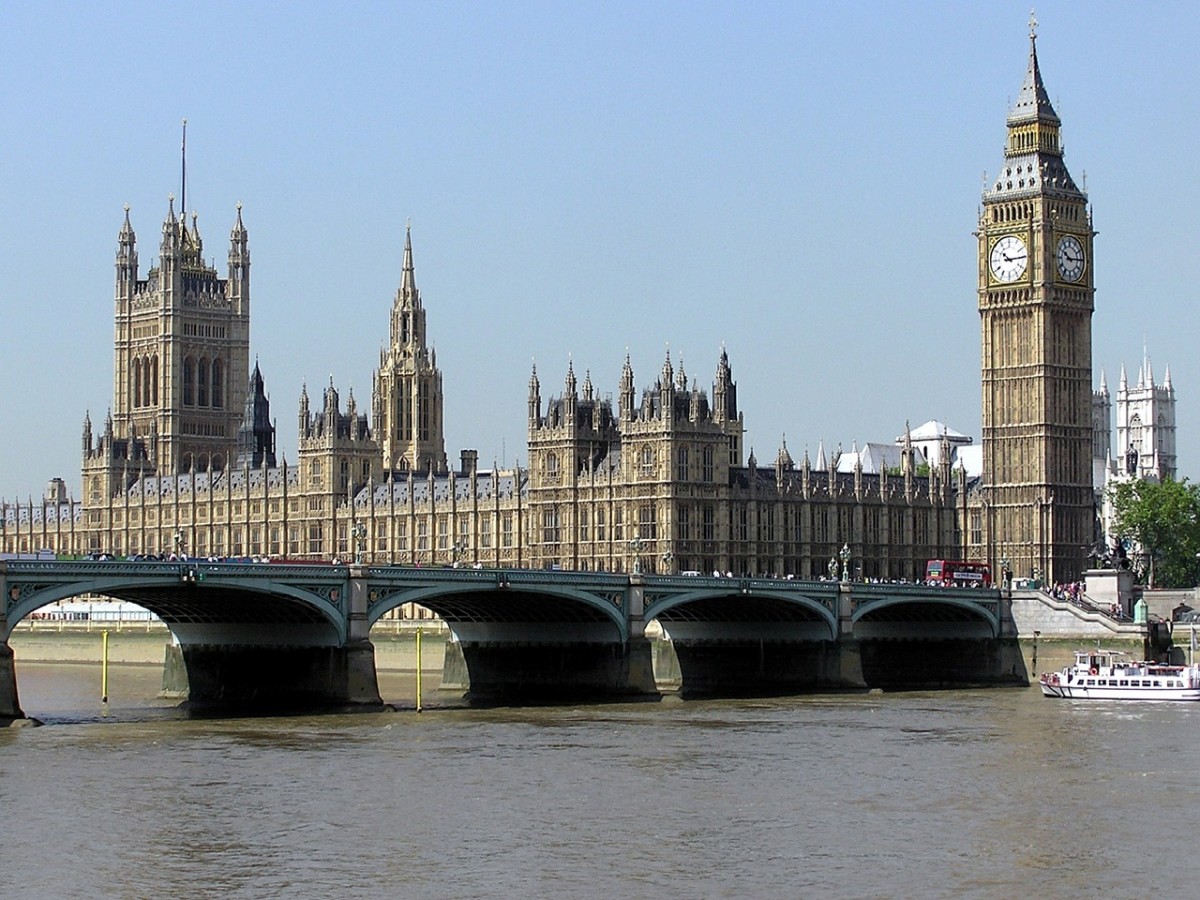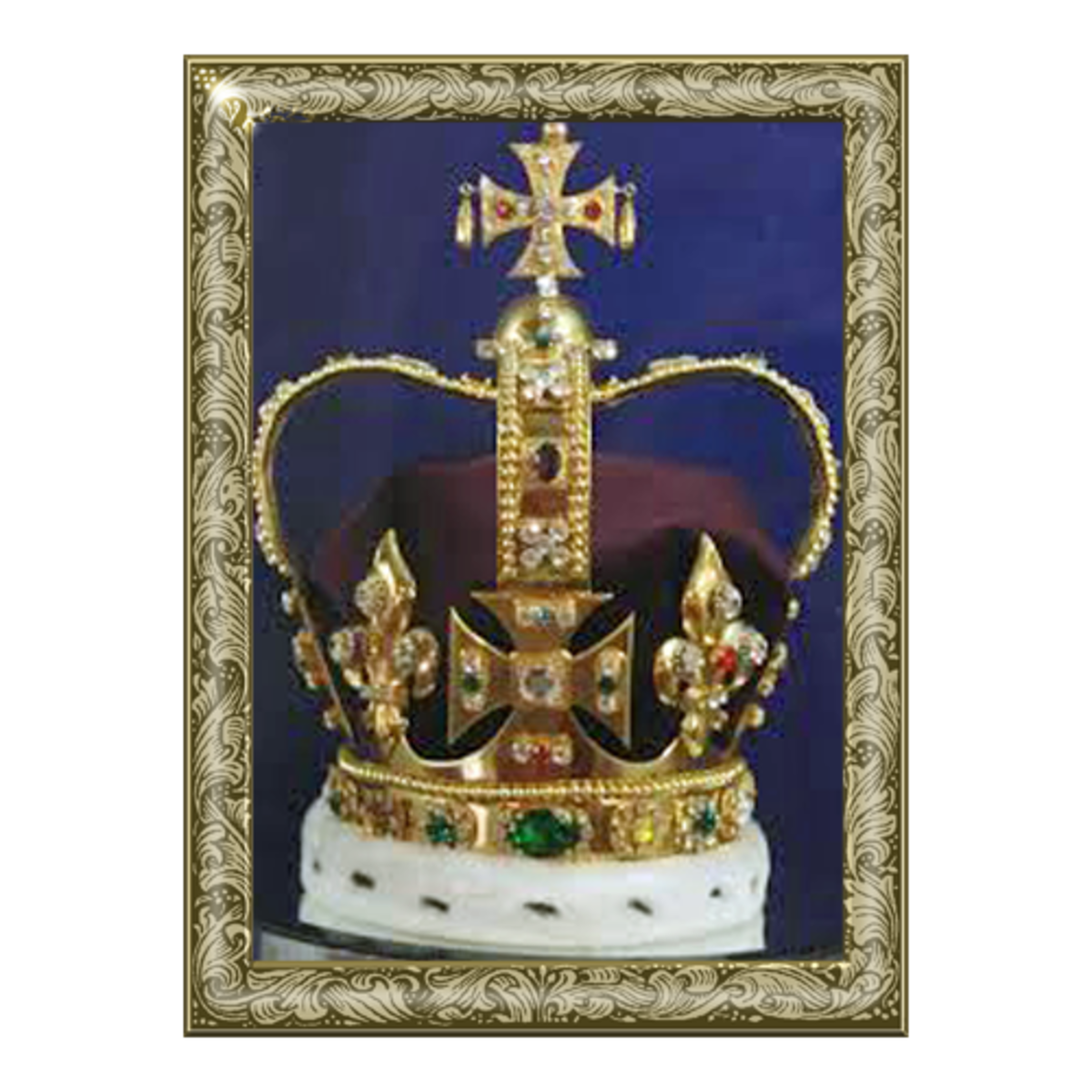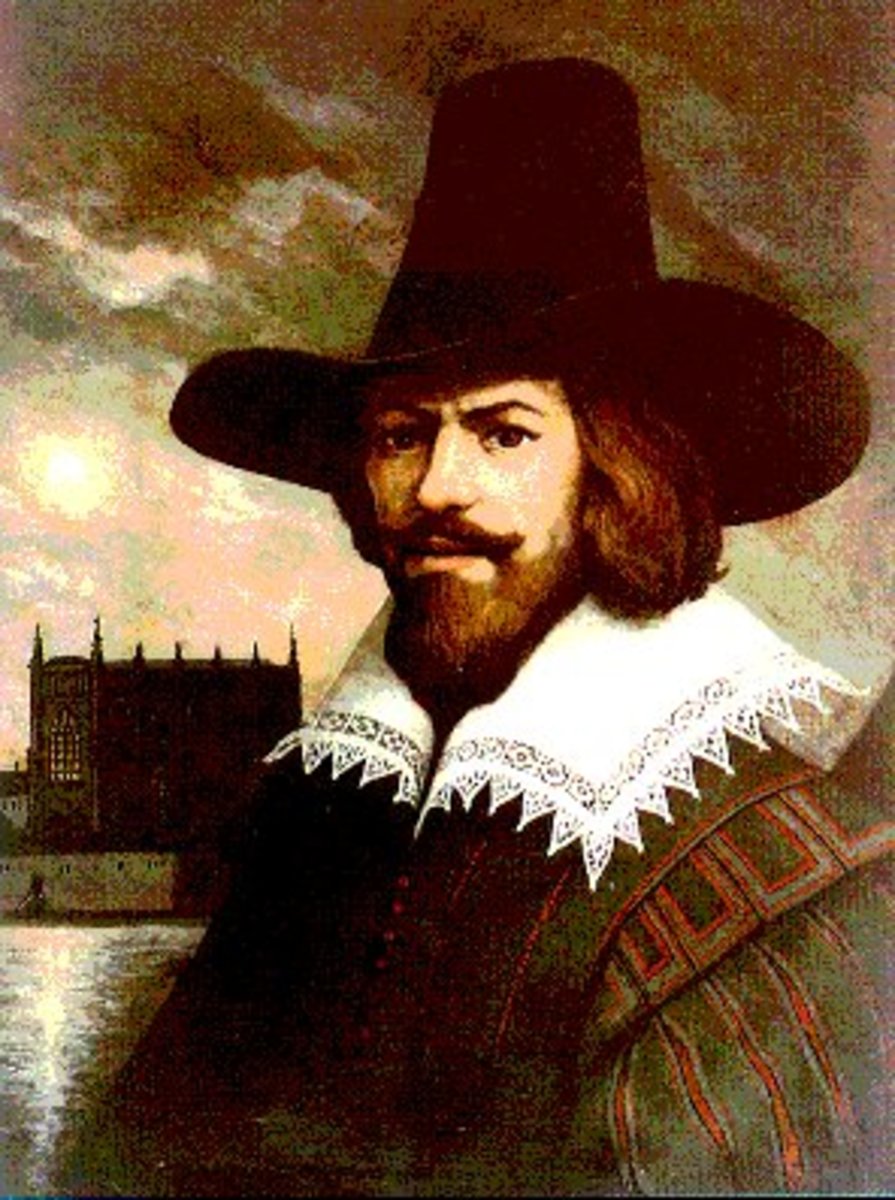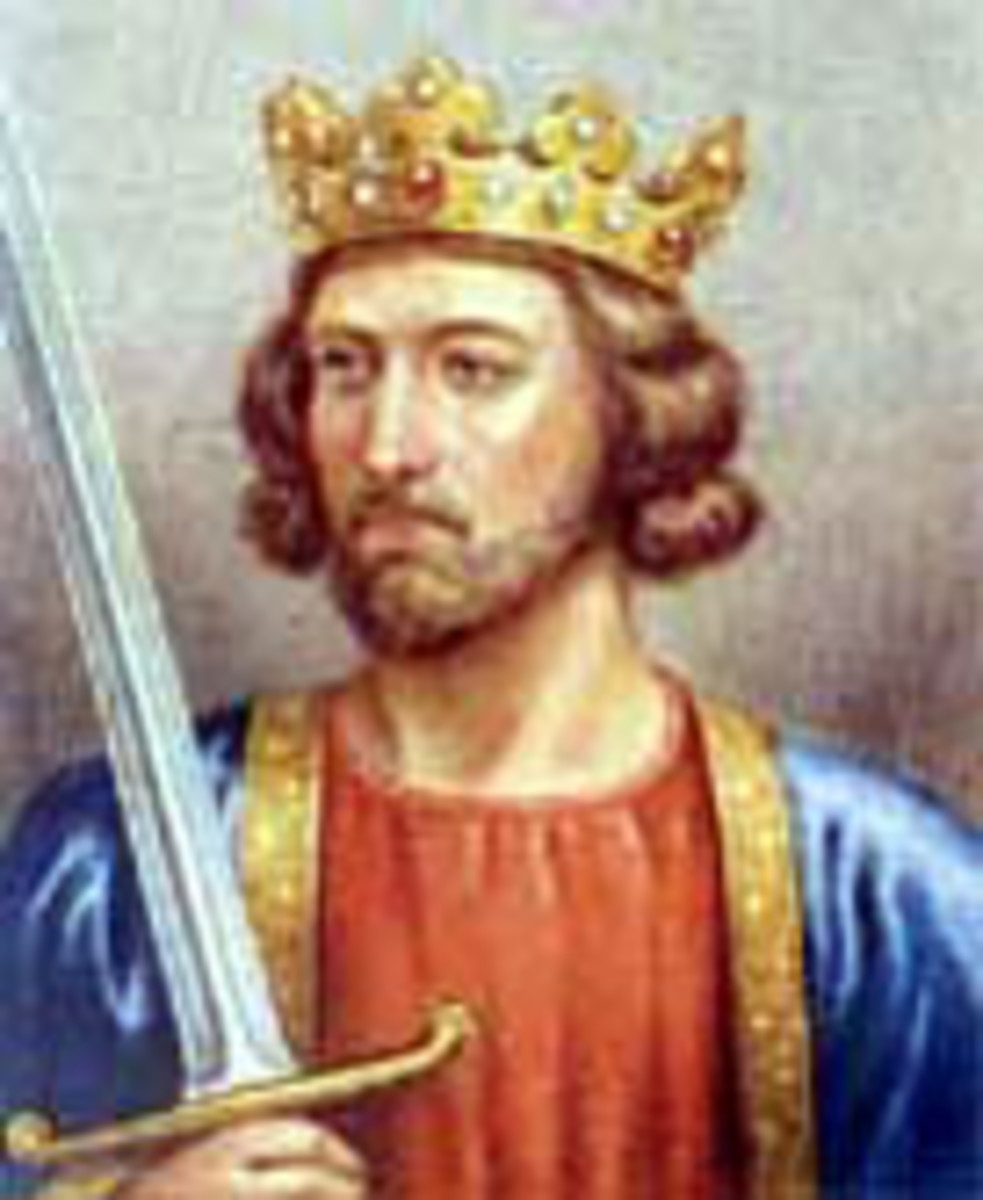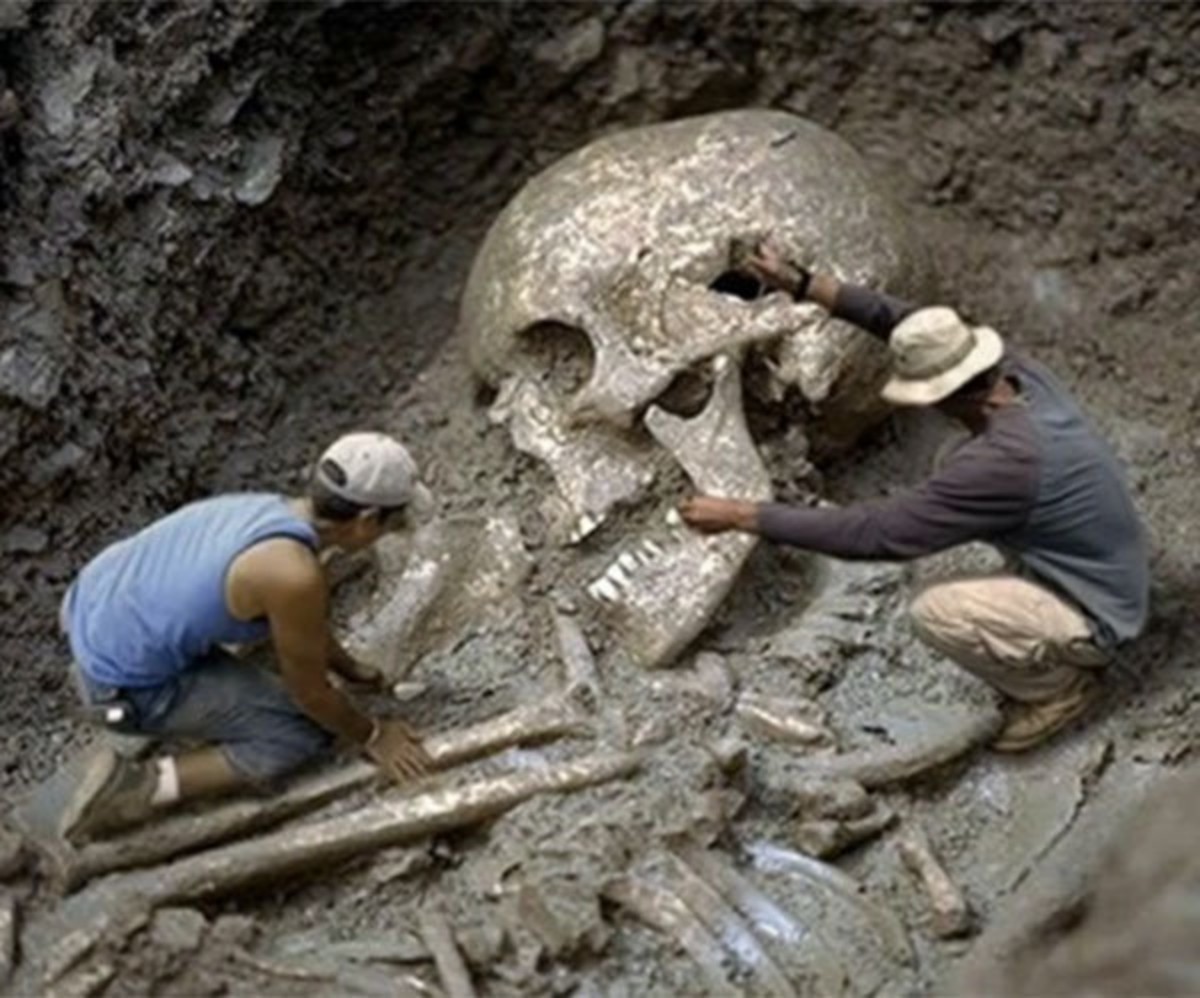Guy Fawkes: Remember, Remember the Fifth of November...
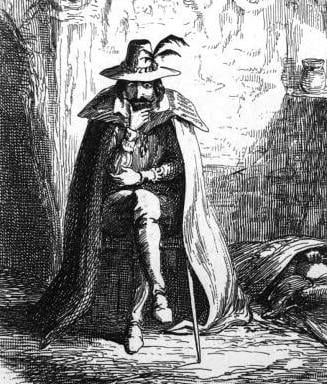
…Gunpowder, treason and plot. The 5th November is known as Bonfire Night in the United Kingdom and is a day spent remembering the execution of Guy Fawkes – and the events leading up to his execution. However, many children now simply know that it is a night of fireworks and linked to a time in history when the Houses of Parliament were nearly blown up. It is important to remember all the events.
Who Was Guy Fawkes?
Guy Fawkes was originally from York and was a member of the provisional English Catholics. This was during a time when there was still a battle between Catholic Britain and the new reformist religion after Martin Luther. While by this time England – and Ireland and Scotland – had become a Lutheran (protestant) country, there were still some who favoured the original religion.
Fawkes was raised as a protestant but reformed after the death of his father. His father died when he was eight and his mother remarried a Catholic sympathiser. In fact, Guy’s mother’s family were all Catholics and Richard Cowling, his cousin on his mother’s side, because a Jesuit priest.
Fawkes also attended a school run by recusant Catholics. All this together led to him learning more about the Catholic religion and left the country for Spain. He fought in the Eight Years’ War on the side of the Spanish, against the Dutch, who were Lutherans.
Fawkes entered into the service of the 1st Viscount Montagu, Anthony Browne, but after a short time he was dismissed due to Browne disliking him. When Browne’s grandson, Anthony-Maria Browne, took the position of 2nd Viscount Montagu, Fawkes was hired once more.
Some sources state that Fawkes had a son after marrying but there is no confirmation or detail into this information. It is likely that if he did have a wife and son they would have severed ties after the execution of Fawkes to avoid backlash and shame.
Remember, Remember the 5th of November...
The Plot to Blow Up the Houses of Parliament
James I of England (James VI of Scotland) became King in 1603 after the death of Elizabeth I. He was the first Stuart monarch to reign in England and was raised as a protestant, despite his mother – Mary, Queen of Scots – being a Catholic. James I had a daughter, Elizabeth, who was the third in line for the throne. She was also only nine-years-old at the time and could be raised as a Catholic.
A group of men, including Fawkes and his brother Christopher, led by Robert Catesby came up with a plan to remove James I and the whole protestant Parliament. The men including two other Catholics, Thomas Wintour and John Wright, met on May 20, 1604 for the first time a the Duck and Drake. Wintour and Wright knew about the initial plan of blowing up the Parliament with gunpowder. Wintour had been sent to find help with the plot and it was he who introduced Fawkes into the idea.
Fawkes had spent many years abroad by this time so he was virtually unknown in England. This worked at an advantage for the group since he would not be suspected of crimes.
Thomas Percy was another man who was part of the plan. At the same time, he was a member of the King’s Parliament. In June of 1604, Percy was promoted as the Keeper of the King’s Wardrobe. Fawkes was promoted to the position of caretaker under the name of John Johnson and both had access to a house in London, which pulled them closer to the King.
Wintour’s alleged confession after being arrested included details of the plan, which included a tunnel that would lead from Percy’s house straight to underneath Parliament. This may have been fabrication from the government since there was never any evidence that there was or was going to be a tunnel. Fawkes did not confess to any tunnel until he was interrogated for a fifth time but there was still no location given.
The rest of the story explained how, during tunnelling, there was a noise from above. Fawkes went up to investigate the matter and found out about a widow who was clearing out an undercroft, which lay underneath the House of Lords. This was the perfect option for the plotters and they ended up leasing out the room. Coincidentally, the house in London and this undercroft were both owned by John Whynniard.
20 barrels of gunpowder were stored in the undercroft at first and on July 16 1605, 16 more were added. The idea was to blow up Parliament on July 28 when they would open for session. However, the plague struck London and Parliament did not open until November 5, 1605.
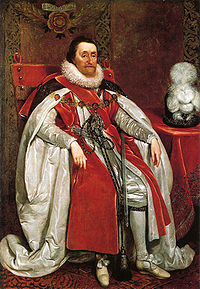
Fawkes Attempted to Gain More Support
In May 1605, Fawkes was sent around mainland Europe to gain more support for the plot. During the trip, the 1st Earl of Salisbury, Robert Cecil, heard about Fawkes. Cecil had many spies around Europe and one of those, Captain William Turner, regularly sent updates about Fawkes and his whereabouts. However, Turner never sent anything regarding the plot or about the pseudonym until later in November after the discovery of the plot.
Fawkes returned to England by August and found, with Wintour, that the stored gunpowder had decayed and more was needed. Firewood was brought into the undercroft to help with concealing the gunpowder.
By October, the final meeting took place and Fawkes found out his role. Fawkes was the man to light the fuse and get across the River Thames. While this happened, there would be a revolt in the Midlands, which would help with the capture of James I’s daughter.
Since the killing of a monarch was frowned upon – in any country – Fawkes would have to leave England and go back to Europe. There, he would explain to the Pope and other Catholic powers how killing the king was part of his holy duty. Having the support from the Pope should have helped to ensure no prosecution would ever come about after the details were discovered.
The Gunpowder Plot
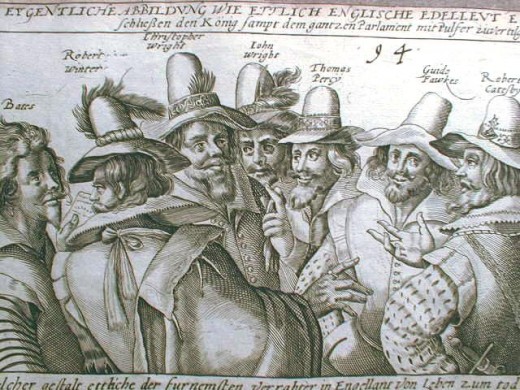
Catholics at the Opening of Parliament
The Parliament was not solely made up of protestant Christians. There were to be Catholics there and some conspirators worried about those men – and the killing of them. Because of this, an anonymous letter was sent to Lord Monteagle on October 26, 1505 to stay away from Parliament on that day. The conspirators heard about the letter through a servant of Monteagle and waited to find out whether anything came of it. Believing that Monteagle believed the letter to be a hoax, the group continued with the plan.
However, Monteagle had taken the letter seriously and sent it straight to James I. This led to Sir Thomas Knyvet searching all cellars underneath Parliament. By this time, Fawkes was waiting in the undercroft, ready to set off the gunpowder. In the early hours of November 5, Knyvet sent men to search the cellars and Fawkes was caught leaving one of them. The gunpowder was discovered, along with coal and firewood. Fawkes was immediately arrested.
Over to You
Would Guy Fawkes have more support today?
Guy Fawkes Is Tortured for Answers
At first, Guy Fawkes told his arrestors that he was John Johnson. Men from the King’s Privy Chamber questioned him and when one lord asked the reason for so much gunpowder, Fawkes replied “to blow you Scotch beggars back to your native mountains”. Finally, he told the men that he was 36 years old, a Catholic and from Netherdale in Yorkshire. He also gave the names of his parents. While Fawkes admitted to the intention of blowing up Parliament and killing the King, he refused to give the names of any other men.
James I admired Fawkes’ manner but went on to order that he was tortured. This was in the hope to reveal the names of others. At first, the torture was to be light but he did end up authorising the use of the rack. The King created questions to be asked. One of those was to find out who he was as Fawkes remained adamant that his name was Johnson. The torture room was later called the Guy Fawkes Room.
The Lieutenant of the Tower, Sir William Waad, found a letter that was addressed to “Guy Fawkes” so questioned him about this. However, Fawkes continued to call himself Johnson and refused to say any more about the plot or those who he conspired with. Fawkes remained composed until during the day of November 7.
He finally admitted to being Guy Fawkes and mentioned that there were five involved in the gunpowder plot. By November 8, he had given away the names and the intentions for removing James I and placing Elizabeth on the throne. However, he did not give away the names without being tricked. Waad told Fawkes that the other men had now been caught so he named them.
Fawkes had to copy a dictation of his confession and sign it. This was introduced in 1571 after the Ridolfi plot. Not all prisoners would be able to do this, depending on the level of torture received, but Fawkes could – although his handwriting was a scrawl. It is unknown whether Fawkes definitely faced the rack but his hands endured a lot of suffering.
Who Was Guy Fawkes?
Guy Fawkes and the Gun Powder Plot
The Execution of Guy Fawkes
Eight men were arrested, questioned and trialled in connection to the plot. On January 27, 1606, Fawkes stood trial. At first, he was displayed on a scaffold before going to Westminster Hall. Even though he had confessed to the crimes, Fawkes pleaded not guilty in the trial. However, Fawkes was found guilty of high treason, along with the seven other men.
As part of the evidence, the confessions were used, along with testimony that regarded the Spanish treason. Fawkes had been placed in a cell near Wintour and a conversation between the two was also used as evidence. A government spy intercepted a late night conversation but Fawkes had not been aware of this.
Fawkes – and the seven others – were to be hanged, drawn and quartered. This was the usual punishment for someone of low birth after being convicted or high treason. Fawkes, Wintour and two other men were dragged – drawn – from the Tower to the Old Palace Yard, Westminster on January 31, 1606. Fawkes was the last to receive his punishment after seeing his fellow conspirators hanged and quartered.
Before being hanged and drawn, Fawkes asked for the forgiveness of the King and his people. He apologised for being a sinner, as all those who were convicted of high treason did. Fawkes managed to escape the gruelling torture of being quartered – his privy parts, bowel and heart removed. He managed to jump from the gallows before his hanging so that his neck broke and he died instantly. However, the execution continued to carry out the quartering afterwards.
This is the story of Guy Fawkes and how he intended to blow up the Houses of Parliament and assassinate the King. However, this does not explain the British tradition of bonfires and fireworks on November 5 every year. This is something that is covered in my article The History of Bonfire Night.
Resources:
House of Commons Information Office. The Gunpowder Plot. (2004). Accessed November 5, 2012.
Fraser, A. The Gunpowder Plot. Published 2005. ISBN 0-7538-1401-3
Allen, K. The Story of the Gunpowder Plot. Publish 1973. ISBN 978-0-85340-188-9
The Gunpowder Plot Society. Guy Fawkes. Accessed November 5, 2012.



